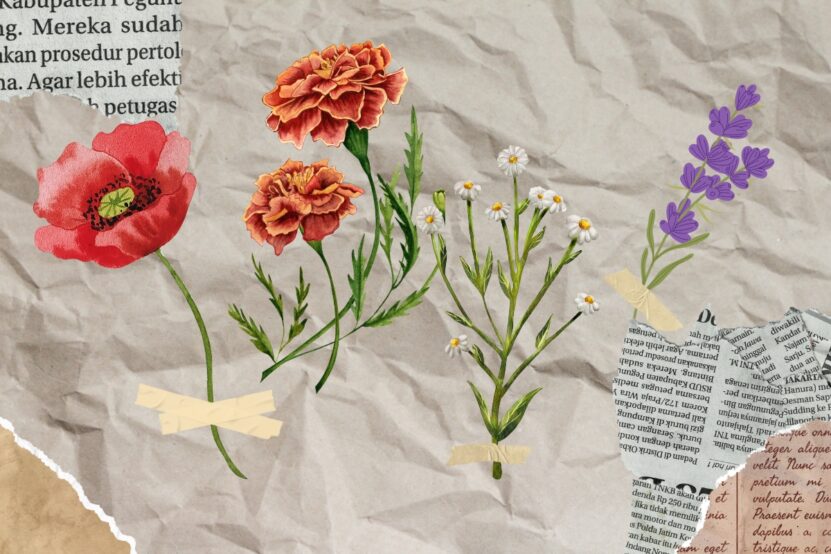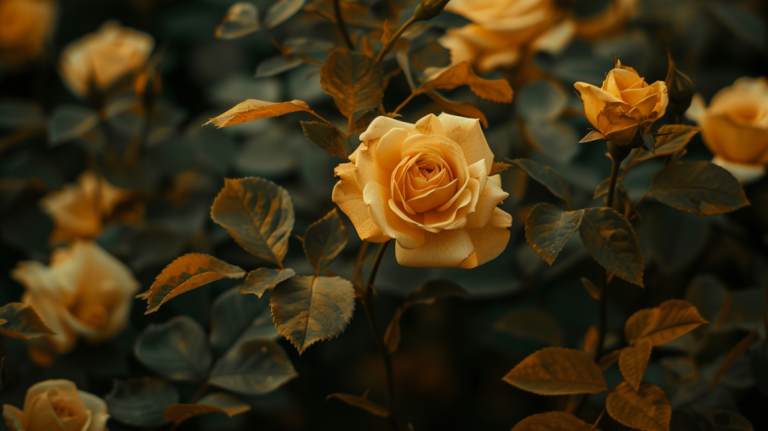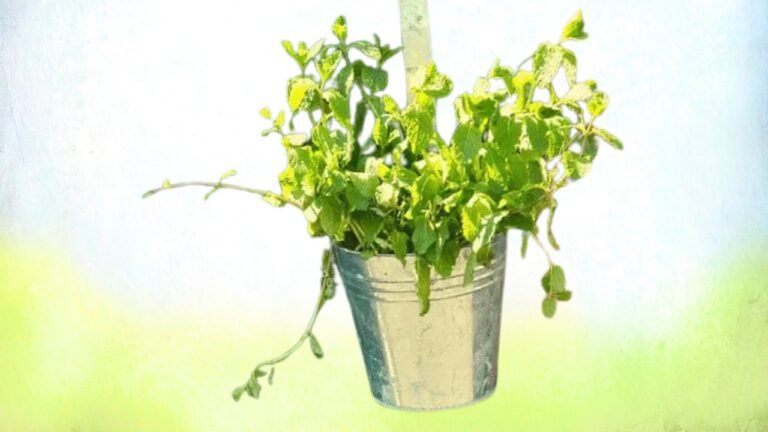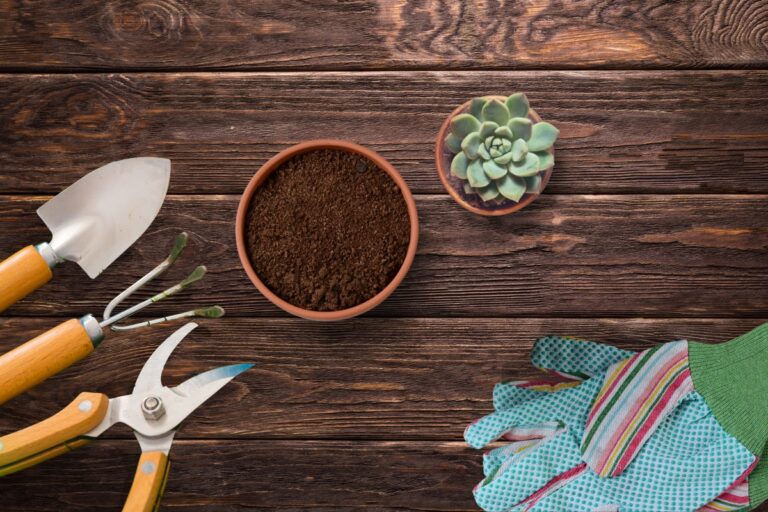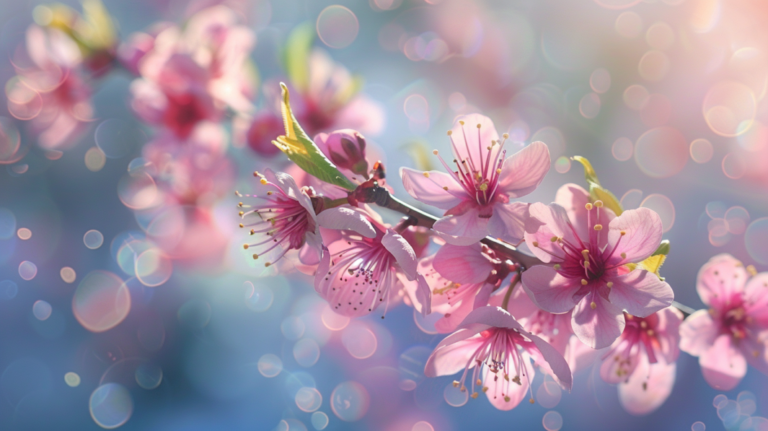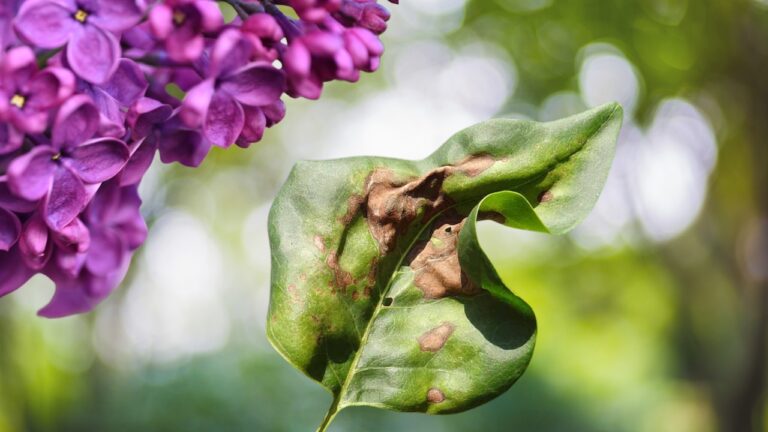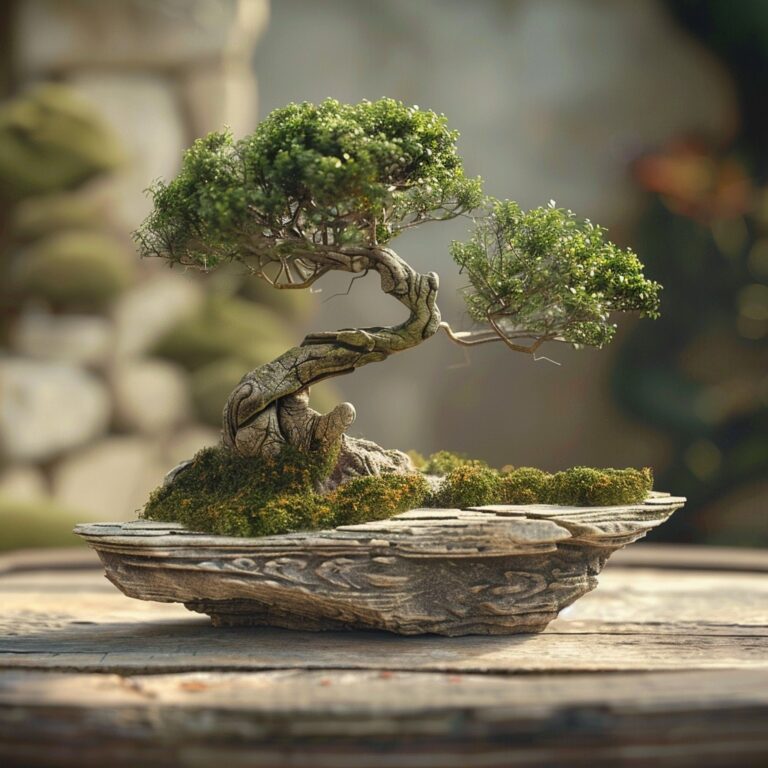Hey friend, have you heard about all the cool flowers being grown on farms these days? Flowers aren’t just pretty to look at, they can tell stories, change how you feel, and help you remember nice things too. Today I wanna tell you about 10 popular flowers you might see in farm fields that put smiles on people’s faces.
These flowers aren’t just outside, farms are growing them too with new high-tech methods. Want to hear about some flowery friends and how farming is changing? Then sit back, relax, and let’s explore the colorful world of petals, leaves, and advanced agriculture!
10. Poppies
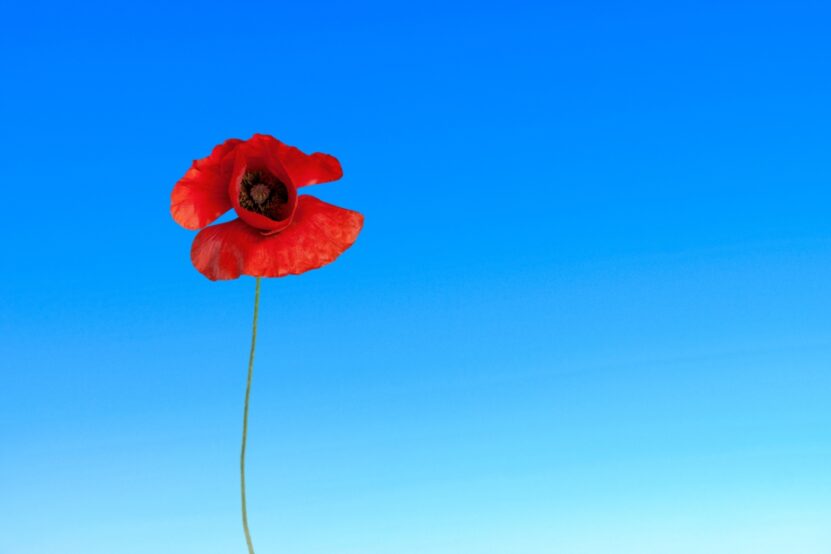
These little red flowers with the black middle remind us of some sad stuff. During the big war from 1914 to 1918, called World War 1, poppies grew all over fields where lots of soldiers died. Now we wear red poppies every year on special days to remember those soldiers and all the lives that were lost. The red poppies especially mean a lot since they were everywhere soldiers had big battles in a place called Flanders.
9. Marigolds
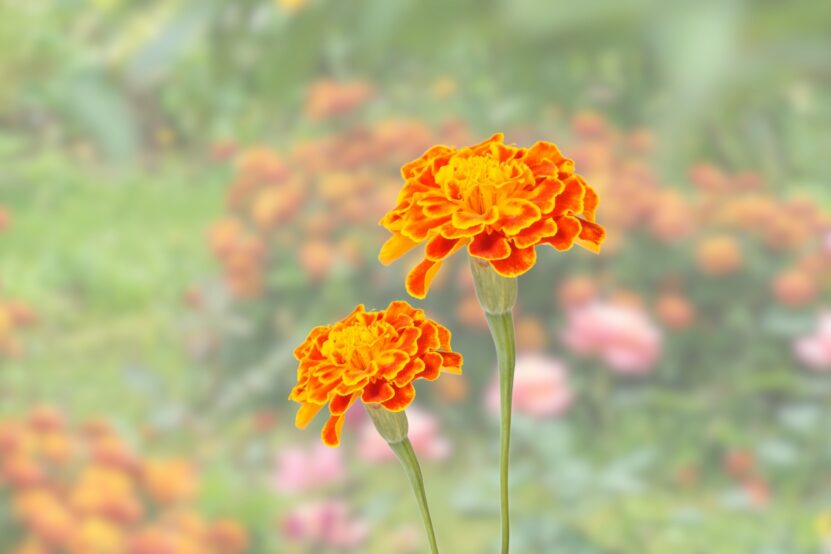
Marigolds come in bright sunny colors like orange and yellow. In some cultures like India’s, marigolds are important around holidays. They use them to decorate their houses for a big light festival called Diwali. Marigolds are also good for you in way of medicinal properties – they can help with cuts, burns, and skin problems. Plus their strong smell keeps bugs away, so people like using them in their gardens.
8. Orchids
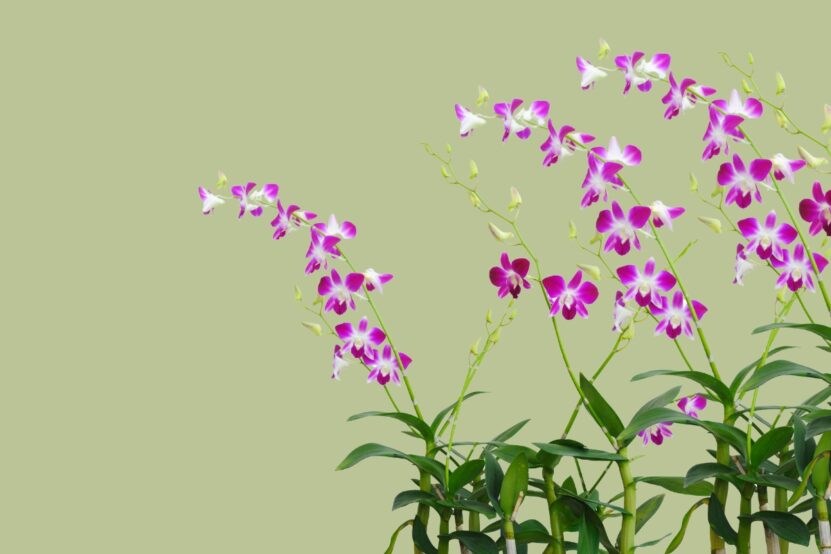
Orchids come in over 25,000 kinds and have all sorts of shapes, sizes, and colors. They are seen as fancy and a sign of love. That’s why people put them in bouquets for special occasions. Orchids can be hard to take care of though. They need the right temperature, humidity, and light. But if you treat them right, they’ll bloom multiple times throughout the year. Growing orchids can be challenging because they require specific conditions like humidity, temperature, and light.
7. Chrysanthemums
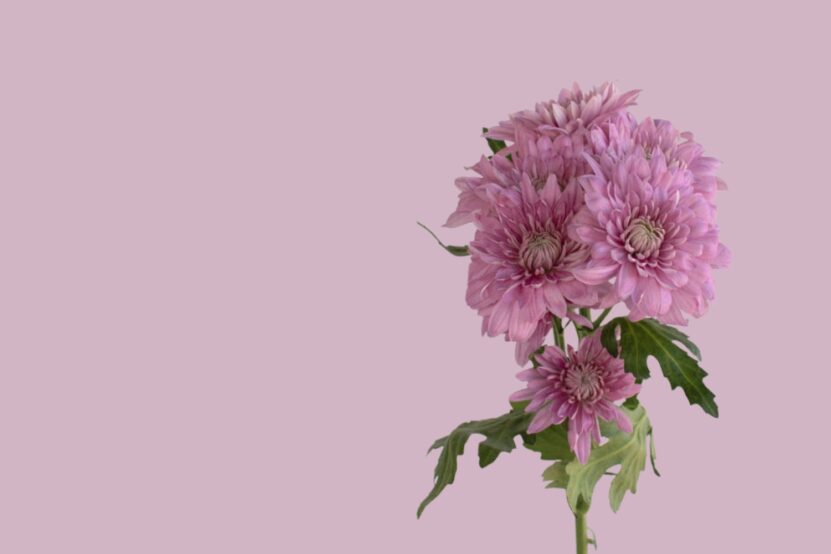
Chrysanthemums, also called ‘mums,’ are fall flowers that come in bright colors like red, orange, yellow, and purple. They go with the season of fall. In Japan, chrysanthemums mean you’ll live a long time and feel young. In some places in Europe, white ones are used when someone dies or at funerals. People like to look at them during fall in their yards and in arrangements.
6. Daisies
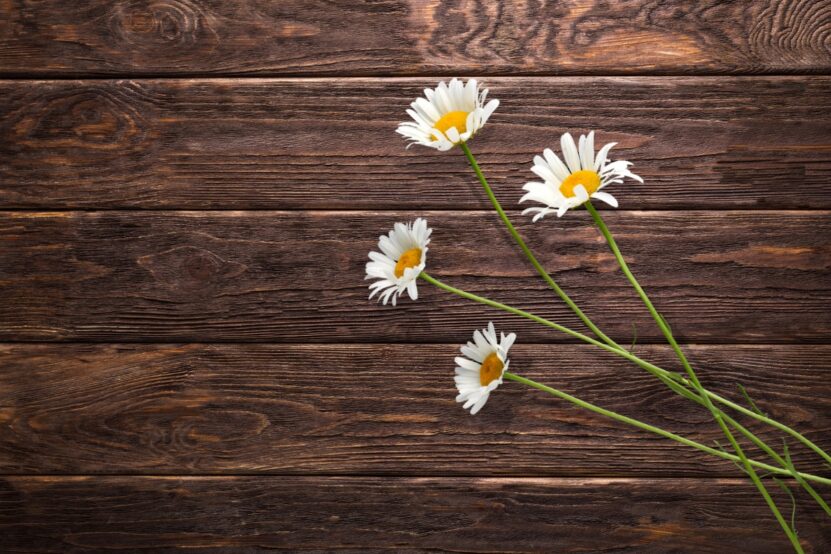
Daisies have white petals around yellow middles, which means being pure and innocent, and new starts. They are easy on the eyes and can grow in different places. Daisies come in other colors too, and you can use them in simple bouquets or fancy centerpieces. They last a long time and bugs don’t bother them much. That makes them good for gardens and flower displays.
5. Lavender
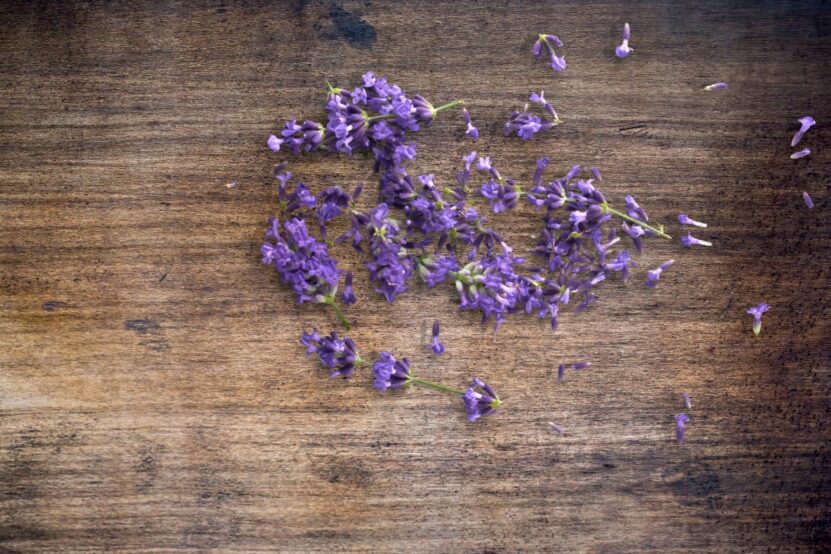
Lavender has thin stems and pretty purple flowers. It’s not just nice to look at – it’s also known to help with stuff like burns, bug bites, and stress. People use lavender in oils, soaps, perfumes, and even food because of this. It’s very useful!
4. Lilies
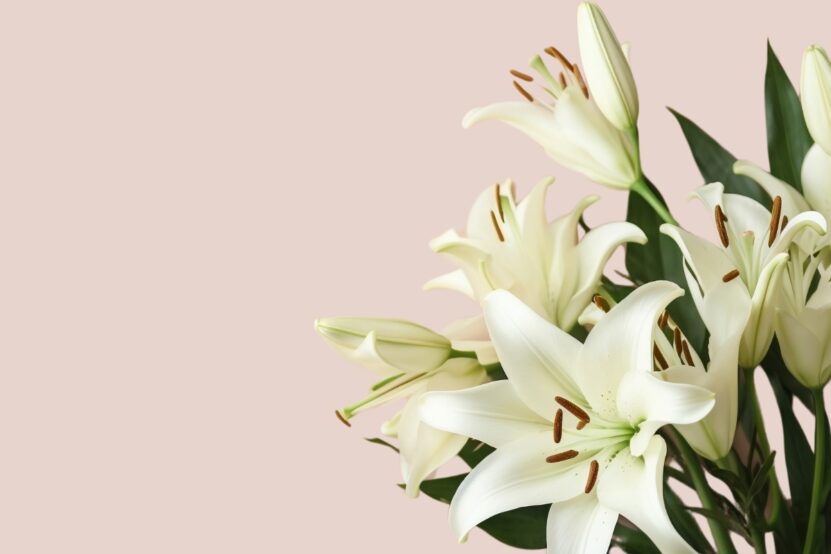
Lilies are elegant with their tall stems and trumpet-shaped blooms. They stand for being pure, committed, and starting over. Asiatic lilies bloom in early summer and come in lots of colors. They can handle themselves outside. Oriental lilies are bigger with nice smells and are popular in bouquets. Lilies class up any space.
3. Sunflowers
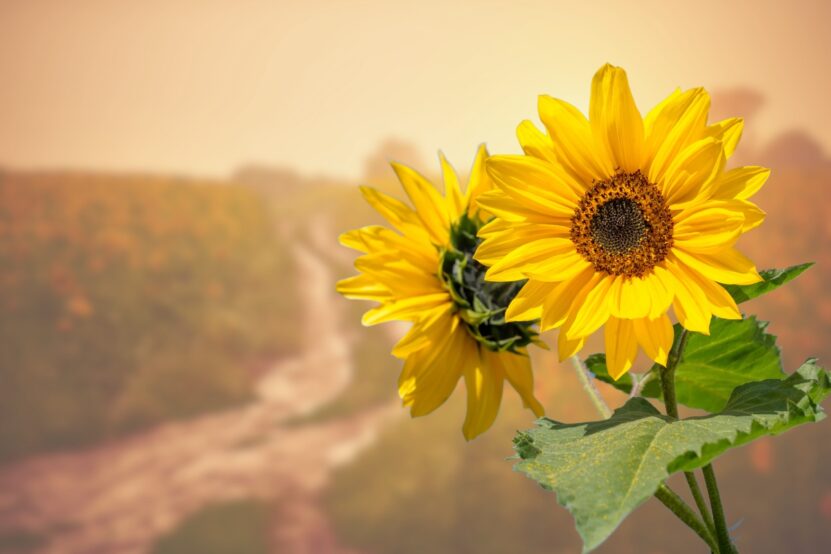
Sunflowers follow the sun and are cheery and golden. Their seeds are yummy snacks full of good stuff like vitamins. Sunflower oil is used for cooking and beauty products. Sunflowers mean being positive, loyal, and long-lasting.
2. Tulips

Tulips signal spring is here with their cup shapes. They first became famous in Holland during the 1600s “Tulip Craze.” Tulips come in many colors and represent deep feelings like love and happiness. The tulip garden in Holland is stunning!
- Keukenhof Gardens: Located in Lisse, this garden is a tulip paradise, drawing tourists from all corners of the globe.
1. Roses
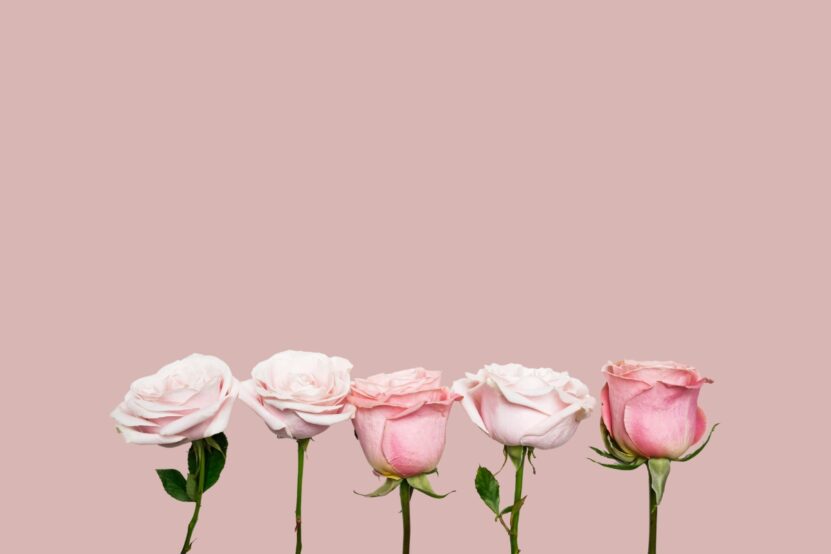
Roses are lovely with their intricate petals and sweet smells. Different colors mean different things. Red is love, white is pure, yellow is friendship and joy. Rose petals, water, and oil are used in food, soaps, perfumes, and more. Roses continue to charm hearts with their timeless beauty.
Here are some tips for taking good care of those flowers we learned about:
- Poppies: Soil that drains well, water them regular, and make sure they get lots of sunshine.
- Marigolds: Nice dirt, water at their feet, and sunshine sunshine sunshine.
- Orchids: Use special potting mix, be careful when watering, and give them light that’s not direct.
- Chrysanthemums: Dirt that’s good with compost mixed in, keep the soil moist, and plenty of sun rays.
- Daisies: Good dirt, water regular, and sun or some shade is ok too.
- Lavender: Light soil, water when the top inch is dry, and sunshine all day long.
- Lilies: Nice dirt, keep the soil wet but not soggy, and sun or some shade is a-okay.
- Sunflowers: Loose dirt, water deep down, and full sun is best of all.
- Tulips: Sandy soil, water regular in spring and fall, and sun or light shade works well.
- Roses: Rich dirt, water deep down, and at least 6 hours of direct sun each day.
And don’t forget to prune away dead stuff, feed them special plant food, and look out for bugs! If growing indoors, lots of windows for light or use a humidifier to keep things moist.
Now let’s answer some common questions:
Flowers are beautiful, helpful to nature and people, and remind us how connected everything is. Let’s appreciate and nurture these floral friends as we keep learning about all the plant kingdom has to offer!

